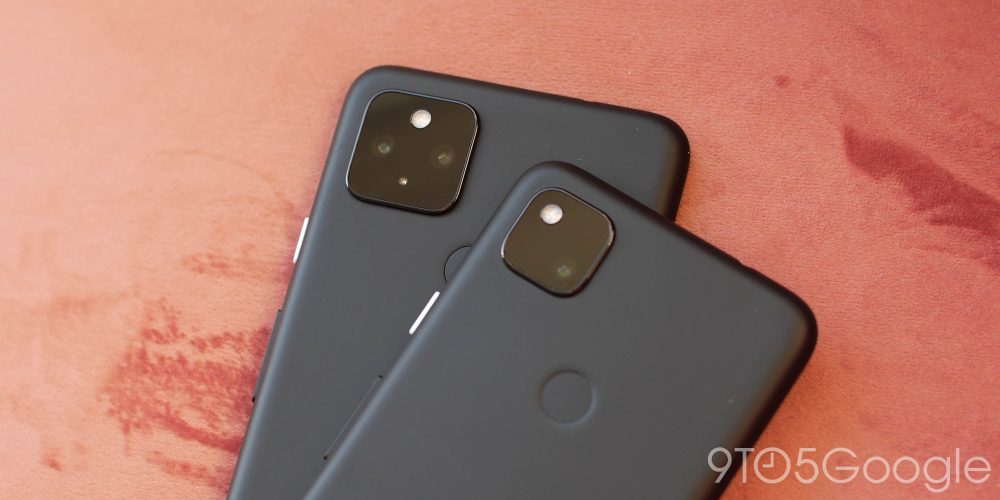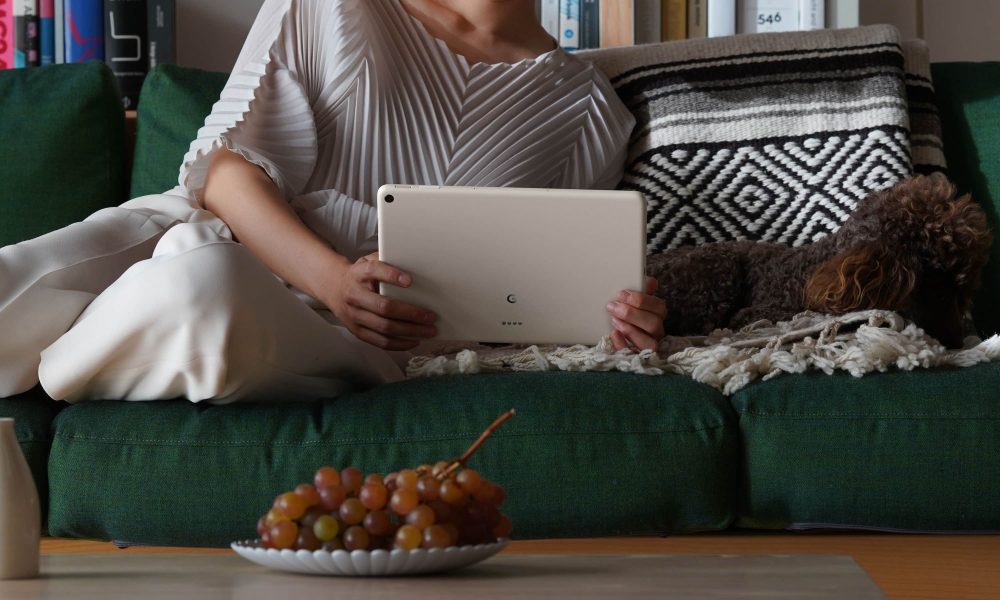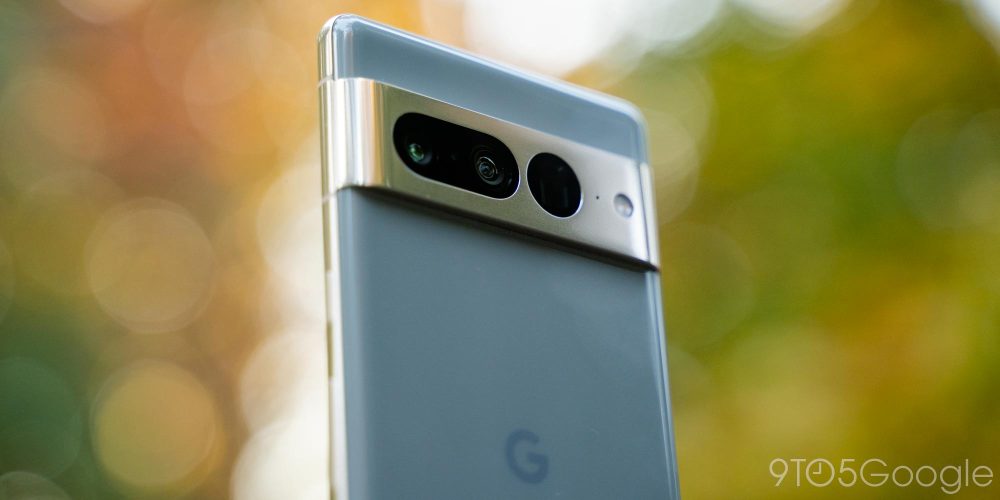
Google’s affordable mid-range phone for 2023, the Pixel 7a, is shaping up to be a significant upgrade over every A-series Pixel before it, with better cameras, wireless charging, and more.
When the Pixel 3a debuted, it made the premise of Google’s affordable devices abundantly clear — make the same flagship Pixel experience available on a more affordable device. At the outset, the differences between Pixel flagship and A-series were more pronounced, with cheaper materials, a lack of water resistance, and lower-end specs.
With time, the divide became more subtle. In 2020, the Pixel 4a 5G released side-by-side with the Pixel 5, with both phones featuring the exact same Snapdragon 765G processor. For that generation, the Pixel 5 set itself apart with a 90Hz display, water resistance, a premium metal body, and wireless charging. The duo was joined less than a year later by the Pixel 5a, which managed to keep the retail price down while upgrading to a water-resistant, metal exterior.
However, the Pixel A-series took a step downward this year with the release of the Pixel 6a. Breaking from the tradition of every previous mid-range Google phone, the Pixel 6a did not include the same main camera sensor as its flagship counterpart. Instead, Google opted to continue using the same camera sensor as was featured from the Pixel 2 through Pixel 5.

Since early 2022, the 9to5Google team has been tracking five Google devices we believe are set to release between fall 2022 and mid-year 2023. Two of those, “Panther” and “Cheetah,” launched earlier this month as the Pixel 7 and Pixel 7 Pro, respectively. “Tangor” is the upcoming Google Pixel Tablet, and “Felix” appears to be the latest iteration of the much-delayed foldable “Pixel Notepad.”
That leaves us with one codename unaccounted for — “Lynx.” While it’s plausible that Google managed to keep a device entirely hidden from prying eyes, the company’s track record for leaks suggests to us that this likely isn’t the case.
Thanks to a public conversation in Android code, we know for certain that a Pixel 7a is in the works. By deduction, it’s reasonable to assume that Lynx is going to be the Pixel 7a released in 2023. However, everything that has leaked so far about Google’s Lynx device points to something far more premium than what we would normally have expected the Pixel 7a to be.
For starters, earlier this year, Weibo leaker Digital Chat Station shared details about a Pixel device being manufactured by Foxconn in China. Reportedly, the device would use the same Tensor G2 chip as the Pixel 7 series and feature a ceramic body. However, despite the report’s use of the word “flagship,” we now believe it’s referring to the Pixel 7a, as the device features the same camera sensor arrangement as Lynx — we’ll talk more about cameras in a bit.
If it holds true, this move to ceramic would be a big first for the Pixel lineup, as up to this point Google has stuck to plastic, glass, and metal for its phones. This switch to ceramic would be especially bold for the Pixel A-series, which has thus far been primarily plastic, as ceramic is often considered to be a premium material.

To that end, the Pixel Tablet, set to release next year, has already been confirmed to use a nano-ceramic coating to give its aluminum body the look of porcelain. It’s possible that the Weibo leaker was mistakenly referring to the Pixel Tablet instead of a new phone, but we’ve seen no signs of any high-end cameras being used in Google’s tablet.
Another notable change-up that appears to be coming for the Pixel 7a is the introduction of wireless charging. As first spotted by Android researcher Kuba Wojciechowski, the Lynx Pixel 7a is set to include the “P9222” chip for wireless charging. That said, according to the manufacturer, the Pixel 7a’s wireless charging chip is only capable of 5W charging and is best suited for something like the charging case for earbuds.
The pièce de résistance of the Pixel 7a, though, is the upgrade to the camera sensors. For starters, it’s previously been reported that the likely Pixel 7a, Lynx, would feature the same Samsung GN1 (1/1.3-inch, 50MP sensor) that debuted in the Pixel 6 series. This paired with two additional rear sensors, a Sony IMX787 (1/1.3-inch, 64MP sensor) for telephoto and a Sony IMX712 (unknown size, 13MP sensor) for ultrawide. The latter camera sensor is also included in the front for selfies.

While an ultrawide camera made its premiere in the Pixel A-series with the Pixel 4a 5G, telephoto has thus far remained exclusive to flagship Pixels. In fact, for the last two years, telephoto has only been available on the “Pro” variants of the Pixel 6 and Pixel 7. Notably, that telephoto sensor even bests the Samsung GM5 (1/2.55”, 48MP) sensor in the Pixel 7 Pro, at least on paper.
Piecing it all together, it’s clear that if Lynx is indeed the Pixel 7a, Google is planning to majorly upgrade its affordable line of phones. Between wireless charging, potential for a more premium build, and “Pro”-level Pixel cameras, this likely Pixel 7a could close the gap between Google’s flagship and A-series phones.
Author: Kyle Bradshaw
Source: 9TO5Google



